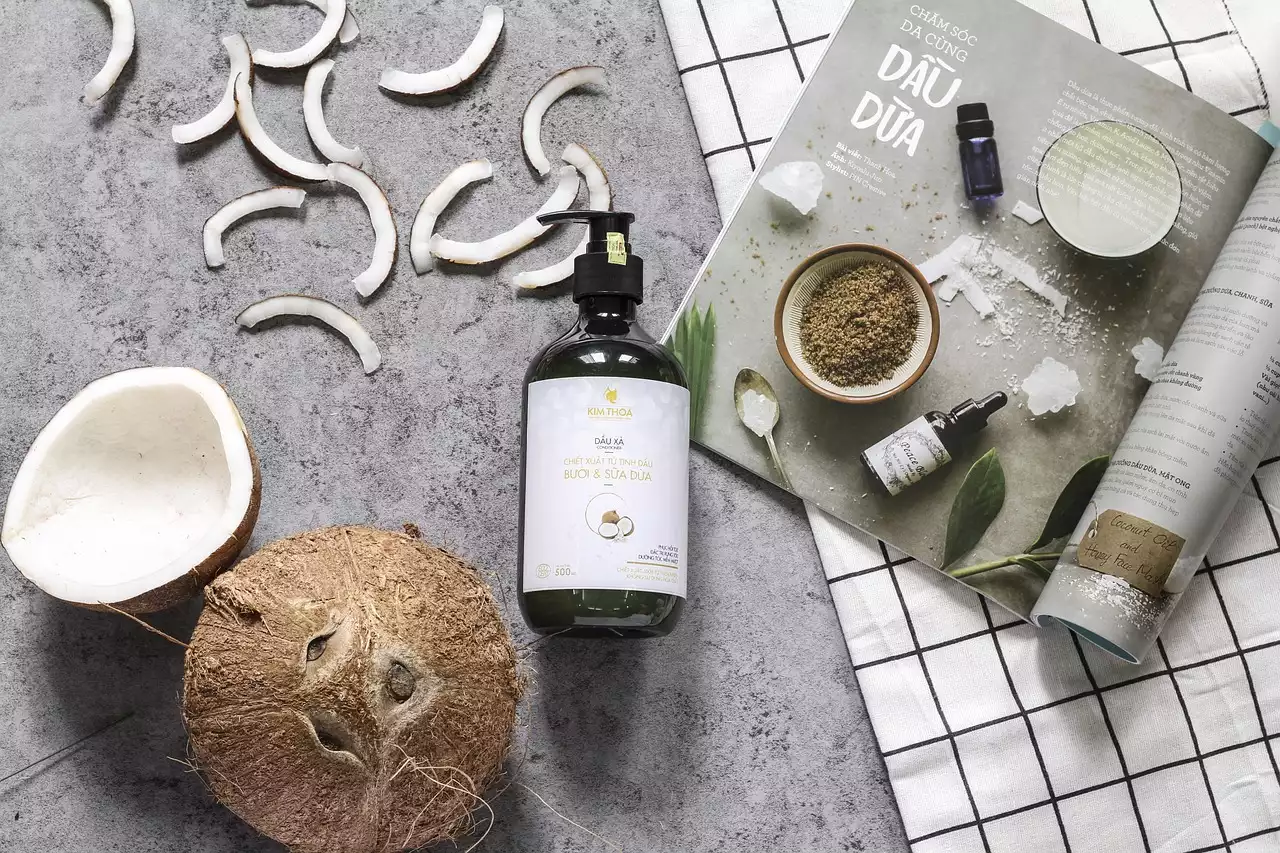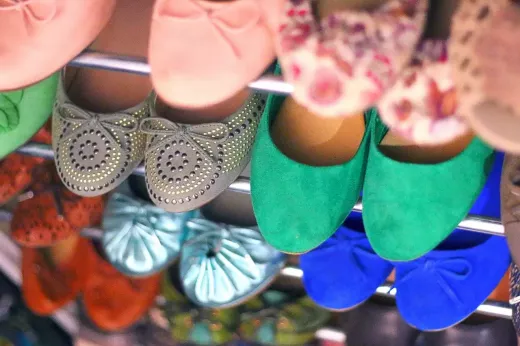What is Co-Washing?
Co-washing, or conditioner washing, is a hair care method that involves washing your hair with conditioner instead of shampoo. The idea behind co-washing is to clean your hair without stripping it of its natural oils. Traditional shampoos contain harsh detergents that can be damaging to your hair, especially if you wash your hair frequently. Co-washing, on the other hand, is gentler and can be done more frequently without causing damage to your hair.
Co-washing is particularly popular among people with curly or coily hair, as these hair types tend to be dry and require more moisture. However, anyone can benefit from co-washing, especially if you have color-treated hair or a sensitive scalp.
Benefits of Co-Washing for Hair
There are many benefits to co-washing your hair. Here are just a few:
1. Retains Natural Oils
One of the biggest benefits of co-washing is that it allows your hair to retain its natural oils. Traditional shampoos contain harsh detergents that strip your hair of its natural oils, leaving it dry and damaged. Co-washing, on the other hand, is much gentler and doesn't contain harsh detergents. By skipping shampoo and using conditioner instead, your hair retains more of its natural oils, which can lead to softer, shinier locks.
2. Reduces Frizz
Co-washing can also help reduce frizz. Frizz is often caused by dry, damaged hair that lacks moisture. By using conditioner to wash your hair, you're providing your hair with extra moisture, which can help reduce frizz and make your hair more manageable.
3. Promotes Hair Growth
Co-washing can also promote hair growth. Traditional shampoos can be harsh on your scalp, which can lead to inflammation and hair loss. Co-washing, on the other hand, is much gentler and can help soothe your scalp. A healthy scalp is essential for healthy hair growth, so co-washing can be a great way to promote hair growth.
4. Extends Life of Color-Treated Hair
If you have color-treated hair, co-washing can help extend the life of your color. Traditional shampoos contain harsh detergents that can strip your hair of its color. Co-washing, on the other hand, is much gentler and won't strip your hair of its color as quickly. By co-washing your hair, you can help your color last longer and keep your hair looking vibrant.
How Often Should You Co-Wash Your Hair?
How often you should co-wash your hair depends on your hair type and personal preference. If you have curly or coily hair, you may want to co-wash your hair every other day or even every day. If you have straight or wavy hair, you may only need to co-wash once or twice a week.
It's important to listen to your hair and adjust your co-washing routine as needed. If your hair feels dry or greasy, you may need to co-wash more or less frequently. Pay attention to how your hair feels and adjust your routine accordingly.
How to Co-Wash Your Hair Step by Step
Now that you know the benefits of co-washing and how often you should do it, let's talk about how to co-wash your hair. Here's a step-by-step guide:
1. Wet your hair thoroughly with warm water. 2. Choose a silicone-free conditioner that's appropriate for your hair type. 3. Apply the conditioner to your scalp and hair, focusing on the roots. 4. Massage the conditioner into your scalp for a few minutes to stimulate blood flow and help distribute the conditioner. 5. Rinse your hair thoroughly with warm water, making sure to remove all of the conditioner. 6. If needed, follow up with a leave-in conditioner or styling product.
Tips for Selecting the Right Co-Washing Products
When selecting a co-washing product, it's important to choose a conditioner that's appropriate for your hair type. Here are some tips for selecting the right co-washing products:
- If you have curly or coily hair, look for a conditioner that's formulated for curls. These conditioners are often thicker and more moisturizing than regular conditioners. - If you have fine or straight hair, look for a lightweight conditioner that won't weigh your hair down. - Avoid conditioners that contain silicones, as these can build up on your hair and scalp over time.
Common Co-Washing Mistakes to Avoid
While co-washing is a great way to care for your hair, there are some common mistakes that you'll want to avoid. Here are a few:
- Using too much conditioner: It's important to use the right amount of conditioner for your hair type. Using too much can weigh your hair down and make it look greasy. - Not rinsing thoroughly: It's important to rinse your hair thoroughly after co-washing to remove all of the conditioner. Leaving conditioner in your hair can make it look greasy and dull. - Using the wrong conditioner: Using a conditioner that's not appropriate for your hair type can lead to lackluster results. Make sure to choose a conditioner that's right for your hair.
Co-Washing vs. Traditional Shampooing: Which One is Better?
Both co-washing and traditional shampooing have their pros and cons. Traditional shampooing is great for removing dirt and oil from your hair, but it can be harsh and drying. Co-washing, on the other hand, is gentler and more moisturizing, but may not be as effective at removing buildup from your hair.
Ultimately, whether you choose to co-wash or use traditional shampoo will depend on your hair type and personal preference. Some people may find that co-washing works better for them, while others may prefer traditional shampooing. The key is to listen to your hair and choose the method that works best for you.
Frequently Asked Questions About Co-Washing
Here are some frequently asked questions about co-washing:
1. Can you co-wash every day?
Yes, you can co-wash every day if your hair type requires it. However, you may want to alternate between co-washing and traditional shampooing to remove buildup from your hair.
2. Can you use any conditioner to co-wash?
No, it's important to use a conditioner that's appropriate for your hair type. Look for a conditioner that's formulated for your hair type, whether it's curly, fine, or color-treated.
3. Can co-washing make your hair greasy?
Co-washing can make your hair greasy if you use too much conditioner or don't rinse thoroughly. Make sure to use the right amount of conditioner for your hair type and rinse thoroughly after co-washing.










